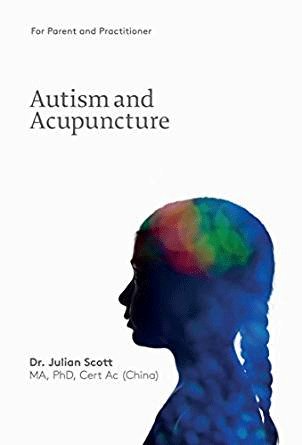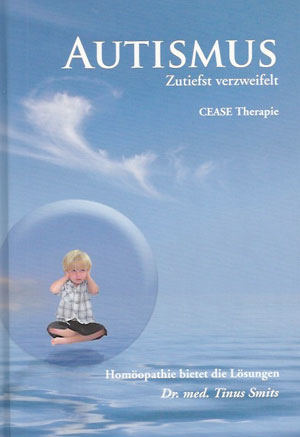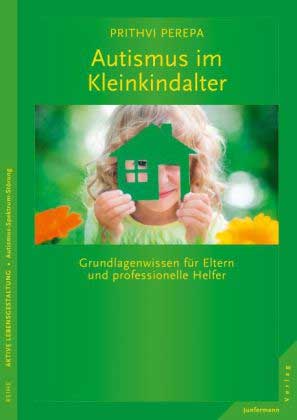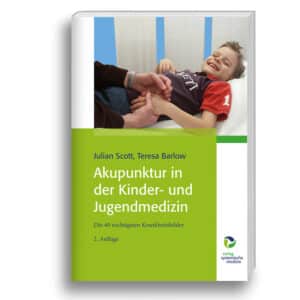Autism and Acupuncture
For Parent and Practitioner
- Verlag: Portway Press
- ISBN: 9781999801106
- 2018, 208 pages
35,00 €
inkl. MwSt.
plus Versandkosten
Abhängig von der Lieferadresse kann die MwSt. an der Kasse variieren.
Lieferzeit: ca. 5 - 10 Tage/days
Beschreibung
This book is for parent and practitioner, and is written to help autistic children and their parents.
It explains the broad vision of Chinese medicine, and how it incorporates all aspects of life –
joy and sadness, energy and exhaustion, enthusiasm and boredom).
The parent will find a clear explanation of the many factors which contribute to autism, and will find that it is not so mysterious after all.
It is not something which comes out of the blue, from nowhere. The practitioner will find enough detail to enable effective support and treatment. Julian Scott has been treating children with acupuncture and herbs for more than 40 years. Scott, together with Teresa Barlow, wrote Acupuncture in the Treatment of Children and other books. Chinese medicine is not confined to (plant-based) drug therapy to the extent that orthodox Western medicine is. The practice is truly holistic. It includes acupuncture, physiotherapy (under the name Tui-na), remedial exercises (under the name Qigong), meditation practices, diet, lifestyle and more. All these different branches of medicine are integrated in the sense
that a single diagnosis is relevant across the whole compass of therapies.
For example there are restaurants in China where you can order a meal (which is both delicious and therapeutic) based on a diagnosis that you obtained from your doctor. For the first time, a clear description of the unique perspective of Chinese medicine on autism, how it develops, and how (and when) it can be helped. The unusual ideas are presented in a way that parents can easily understand,
while, at the same time providing enough detail for the experienced practitioner.
Chapter headings:
Introduction
Chapter 1 Patterns of the Spectrum
Chapter 2 The mind, Shen and its Working
Chapter 3 The Patterns in more Detail
Chapter 4 The Causes
Chapter 5 Help at Hand Treatments and Results
Chapter 6 Some Common Symptoms
Chapter 7 Self-help
Appendix Needle Technique.
Autor






